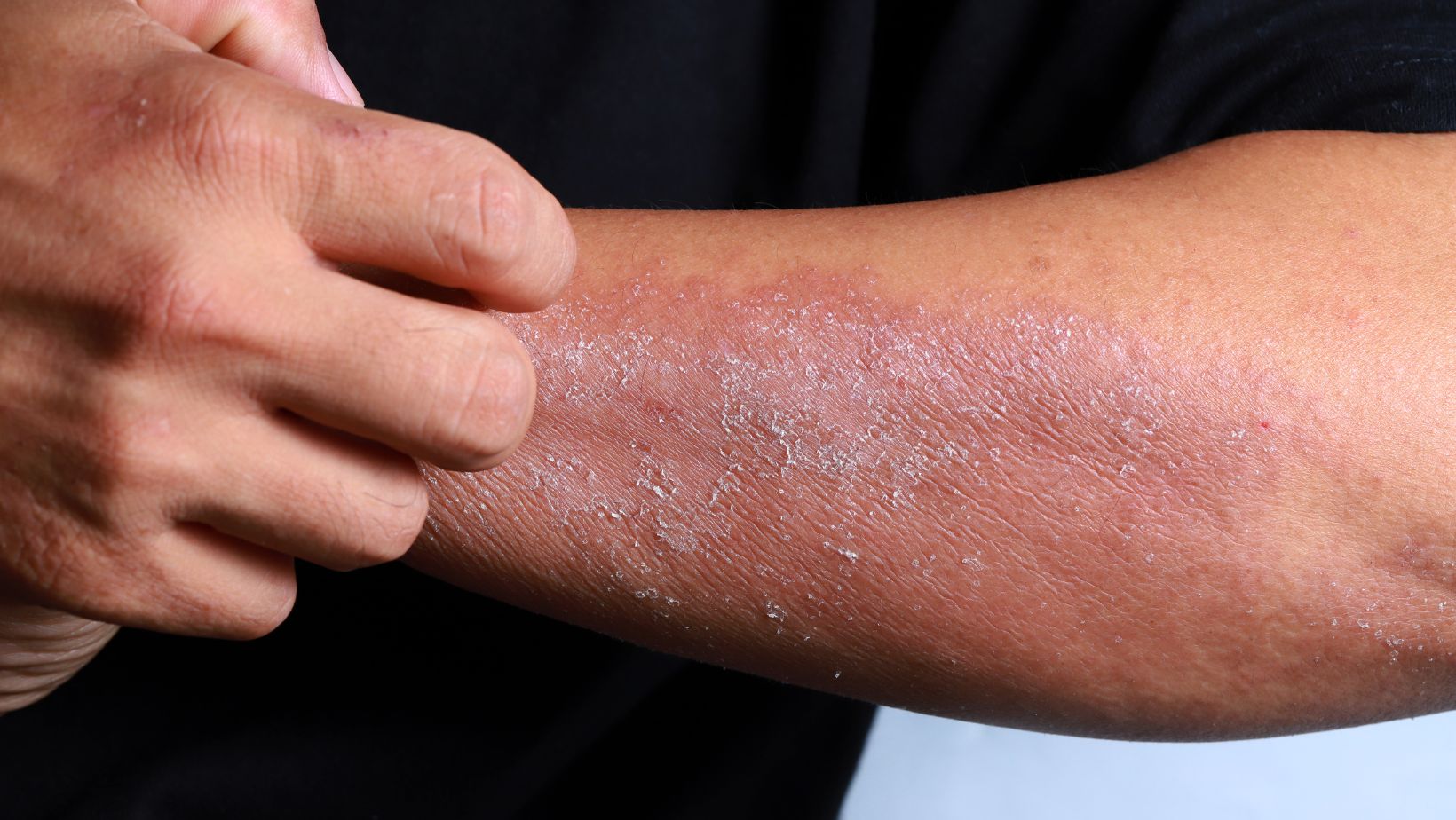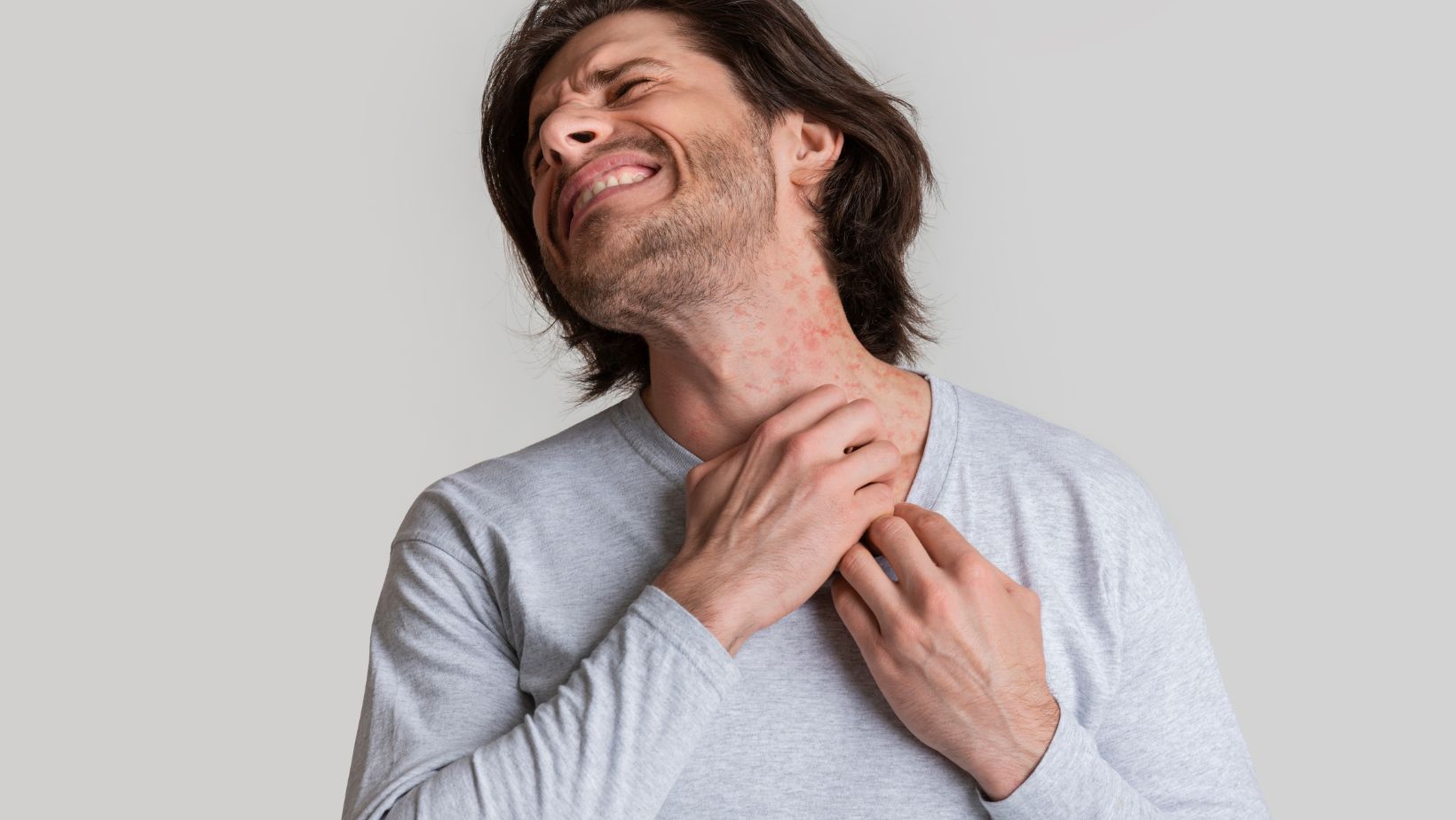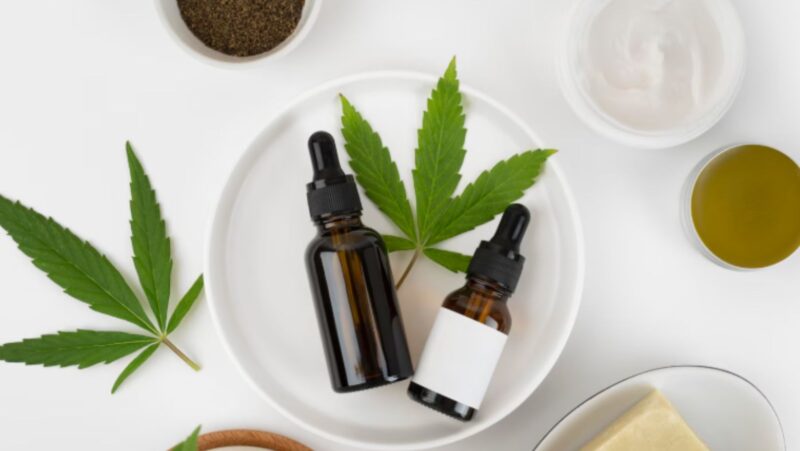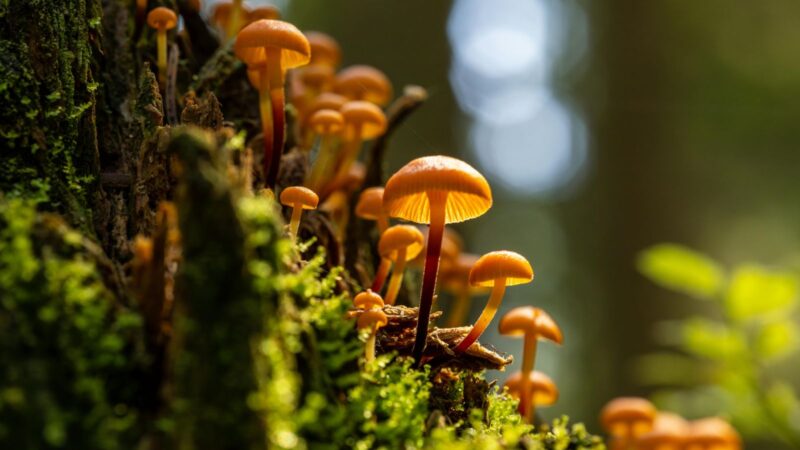
Childhood eczema is a common condition that causes itchy, inflamed skin in many children. While it often begins in infancy, it can persist into the teenage years. Effective childhood eczema treatment can help manage symptoms, providing relief and improving a child’s overall health and well being.
The main signs of eczema are dry, red, and itchy patches on the skin. These patches may ooze or become scaly. Common spots include the face, hands, feet, and skin folds. Many kids with eczema also have allergies or asthma.
There are ways to ease eczema at home. Gentle skin care, avoiding triggers, and using moisturizers can help. For worse cases, a doctor may suggest medicines. Learning about eczema helps parents give their child the ideal care.
Understanding Childhood Eczema
Childhood eczema is a common skin condition that affects many kids. It causes red, itchy patches on the skin. Knowing what eczema is, why it happens, and how it impacts children can help parents manage it better.
Defining Eczema in Children
Eczema is a skin problem that makes the skin dry, red, and itchy. In kids, it often shows up on the face, hands, feet, and behind the knees. The skin may look scaly or have small bumps. Sometimes it can crack or ooze.
Eczema tends to flare up and then get better. Many kids get it before they turn 5 years old. Some outgrow it, while others have it for a long time.
Doctors call eczema “atopic dermatitis.” This name points to how the condition is linked to allergies and asthma.
Causes and Risk Factors
The exact cause of eczema is not known. But experts think it’s due to a mix of genes and things in the environment.
Kids with family members who have eczema, asthma, or allergies are more likely to get it. Some other risk factors include:
- Living in cities or places with pollution
- Cold or dry climates
- Stress
- Certain foods
- Harsh soaps or fabrics
Triggers can make eczema worse. Common triggers are:
- Dry skin
- Sweat
- Certain foods
- Pet dander
- Dust mites
Impact on Quality of Life
Eczema can affect a child’s daily life in many ways. The itch can be very strong, making it hard to sleep. This can lead to tiredness and trouble focusing at school.
Some kids feel shy about how their skin looks. They might not want to play sports or wear short sleeves. This can affect their social life and self-esteem.
Eczema care takes time and effort. Kids may need to put on creams often or take baths in a certain way. This can be frustrating for both children and parents.
Identifying Symptoms of Eczema
Eczema has distinct signs in children. Parents should watch for key symptoms and know when to get medical help.
Common Symptoms in Children
Eczema often appears as dry, itchy skin. Red or brownish-gray patches may form on the face, hands, feet, or body creases. Babies can get crusty patches on their scalp or cheeks.
The skin may become thick, cracked, or scaly. Small bumps that leak fluid when scratched are common. Constant scratching can lead to skin infections.
Many kids with eczema have very sensitive skin. It may react to certain fabrics, soaps, or temperatures.
Recognizing Flare-Ups
Eczema symptoms come and go in flare-ups. During a flare, the skin becomes very itchy and inflamed. Redness, swelling, and oozing may occur.
Common flare triggers include:
- Dry skin
- Stress
- Heat and sweating
- Certain foods
- Environmental irritants
Flares can last for days or weeks. Keeping a symptom diary helps spot patterns and triggers.
When to Seek Medical Advice
Call a doctor if eczema:
- Disrupts sleep or daily activities
- Covers large areas of the body
- Shows signs of infection (fever, pus, yellow crusts)
- Doesn’t improve with home care
Severe itching or pain also warrants medical attention. A doctor can prescribe stronger treatments and rule out other skin conditions.
Early treatment helps prevent flare-ups from getting worse. It also reduces the risk of skin damage and infections.
Treatment Strategies for Eczema
Treating childhood eczema involves a mix of approaches to manage symptoms and prevent flare-ups. Key strategies include using topical medications, moisturizing regularly, and making lifestyle changes.
Topical Treatments and Moisturizers
Doctors often prescribe topical corticosteroids to reduce inflammation and itching. These creams come in different strengths and should be used as directed.
Moisturizers play a crucial role in eczema care. They help keep skin hydrated and form a barrier against irritants. It’s ideal to apply them right after bathing.
Some non-steroid creams, like tacrolimus and pimecrolimus, can also help control eczema. These are often used for sensitive areas like the face.
Regular use of gentle, fragrance-free soaps and moisturizers can help prevent flare-ups.
Wet Wrap Therapy
Wet wrap therapy can be very helpful for severe eczema flares. Here’s how it works:
- Apply medication to affected areas
- Wrap the skin in damp bandages
- Cover with a dry layer
- Leave on for several hours or overnight
This method helps the skin absorb medicine better. It also adds moisture and can ease itching.
Wet wraps work ideal under a doctor’s guidance. They’re not for everyday use but can give relief during bad flares.
Diet and Lifestyle Adjustments
Some foods might trigger eczema in certain kids. Common culprits include:
- Dairy
- Eggs
- Nuts
- Soy
Keeping a food diary can help spot these triggers. Talk to a doctor before cutting out foods.
Stress can make eczema worse. Teaching kids stress-management techniques like deep breathing can help.
Make sure to avoid harsh soaps and hot water when bathing. Short, lukewarm baths or showers are ideal.
Clothes made of soft, breathable fabrics like cotton are less likely to irritate the skin.














